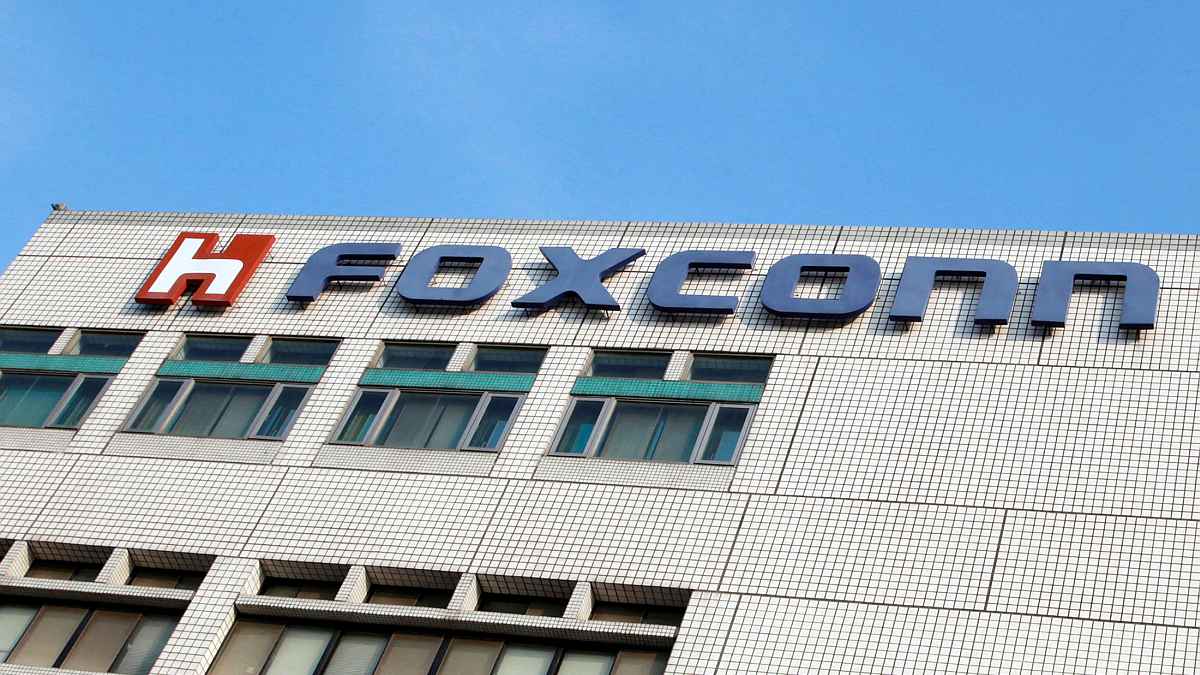Apple iPhone assembler Foxconn gave a cautious outlook for the current quarter after posting results that exceeded expectations, citing slowing smartphone demand after a pandemic-fuelled boom. The comments from the Taiwanese company, the world’s largest contract electronics maker, echo those from other Asian tech firms that have warned of a drop in sales of smartphones, TVs and gadgets as surging inflation and deepening concerns of a recession crimp consumer spending.
Foxconn has been largely shielded from these demand problems so far as the popularity of the iPhone has endured among a loyal and relatively affluent customer base, and it said on Wednesday that rising inflation will only have a limited impact on mid- to high-end smartphone demand in the rest of the year.
Still, Foxconn forecast flat revenue growth in its consumer electronics business including smartphones for the quarter ending September, signalling that demand for some devices was slowing after “significant growth” in the second quarter, when the business accounted for half of its overall revenue.
“On the whole, we are slightly more cautious about the third quarter, but compared to the same period last year, we could still see growth,” the company’s Chairman Liu Young-way told a post-earnings call.
“We will closely watch developments in geopolitics, inflation, and the pandemic.”
Like other global manufacturers, Foxconn, formally called Hon Hai Precision Industry Co, has dealt with a severe shortage of chips that hurt production as bottlenecks from the pandemic lingered and the Ukraine war further strained logistical channels.
On Wednesday the company said the second half of the year would look better than the first if there were no major geopolitical changes.
Resilience
China’s Lenovo, the world’s biggest PC maker whose results are a good indicator of consumer electronics demand, posted on Wednesday its smallest revenue growth in nine quarters as sales of gadgets eased after being driven by the pandemic, and it was also hit by COVID-19 lockdowns at home.
Both Foxconn’s net profit and revenue for the April-June quarter rose 12 percent, and Liu said the numbers show its “resilience” amid supply chain problems.
“Our customers, and ourselves, we are all large global technology companies, and have relatively strong supply chain management abilities. This advantage allows us to minimise the impact of any materials shortages,” Liu said.
Foxconn said it anticipates revenues for cloud and networking products to be strong in the third quarter. It reaffirmed its stance from last month that overall revenue this year will grow, rather than a previous guidance of remaining flat.
It did not provide a numerical outlook.
With a view to the future, Foxconn has diversified into areas including electric vehicles and semiconductors.
Unigroup investment
Speaking about Foxconn’s $800 million (roughly Rs. 6,300 crore) investment in embattled Chinese chipmaker Tsinghua Unigroup last month via a subsidiary, Liu said Foxconn will follow the law and if authorities did not approve the investment, it had a back-up plan.
He did not elaborate on the plan.
Taiwan, which has become increasingly cautious about China’s ambition to boost its chip industry, wants to persuade Foxconn to unwind the investment, the Financial Times reported on Wednesday.
The democratically governed island, which China claims as its territory, prohibits companies from building their most advanced foundries in China and has proposed new laws to prevent what it says is China stealing its chip technology.
Taiwan has faced days of Chinese military drills since last week when U.S. House Speaker Nancy Pelosi visited the island, despite warnings from Beijing against a trip.
Foxconn shares closed 0.9 percent higher ahead of the earnings release, versus a 0.7 percent drop in the broader market. They have risen 5.8 percent so far this year, giving the company a market value of $50.3 billion.
© Thomson Reuters 2022
